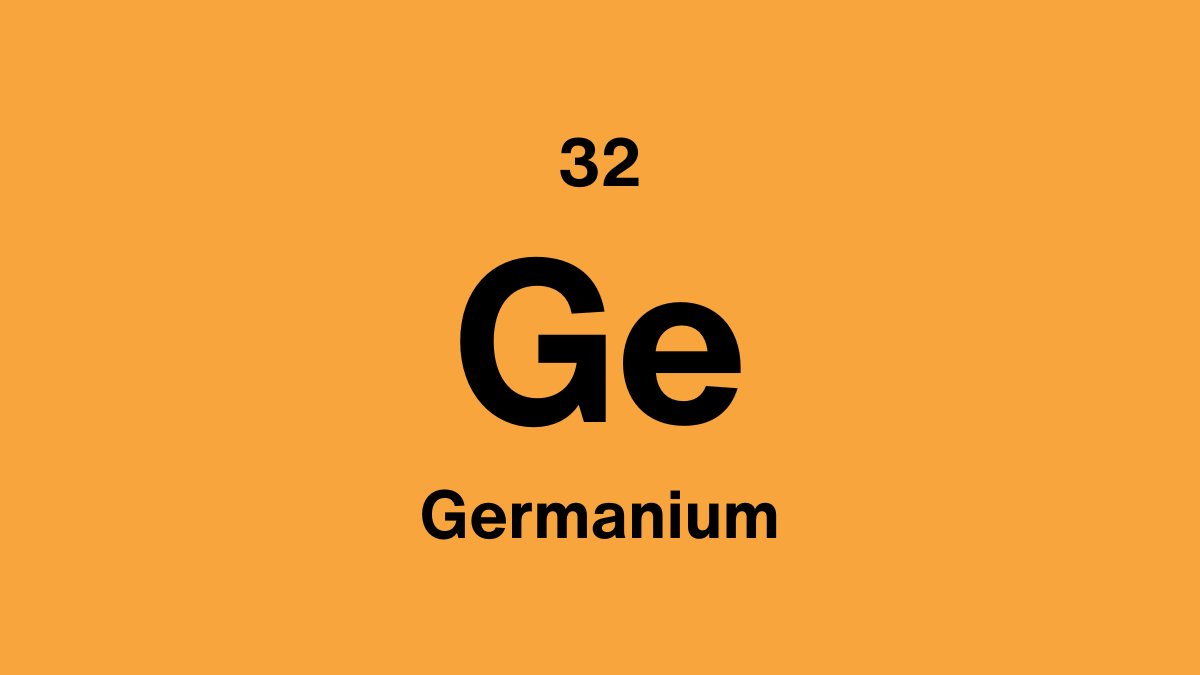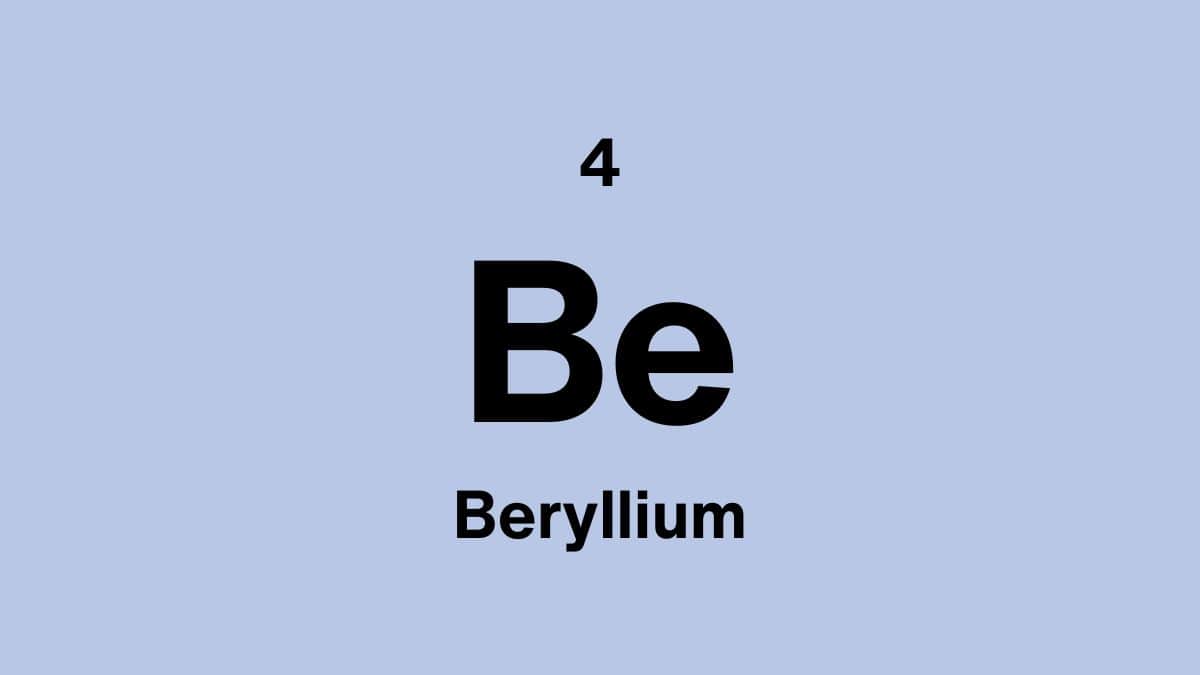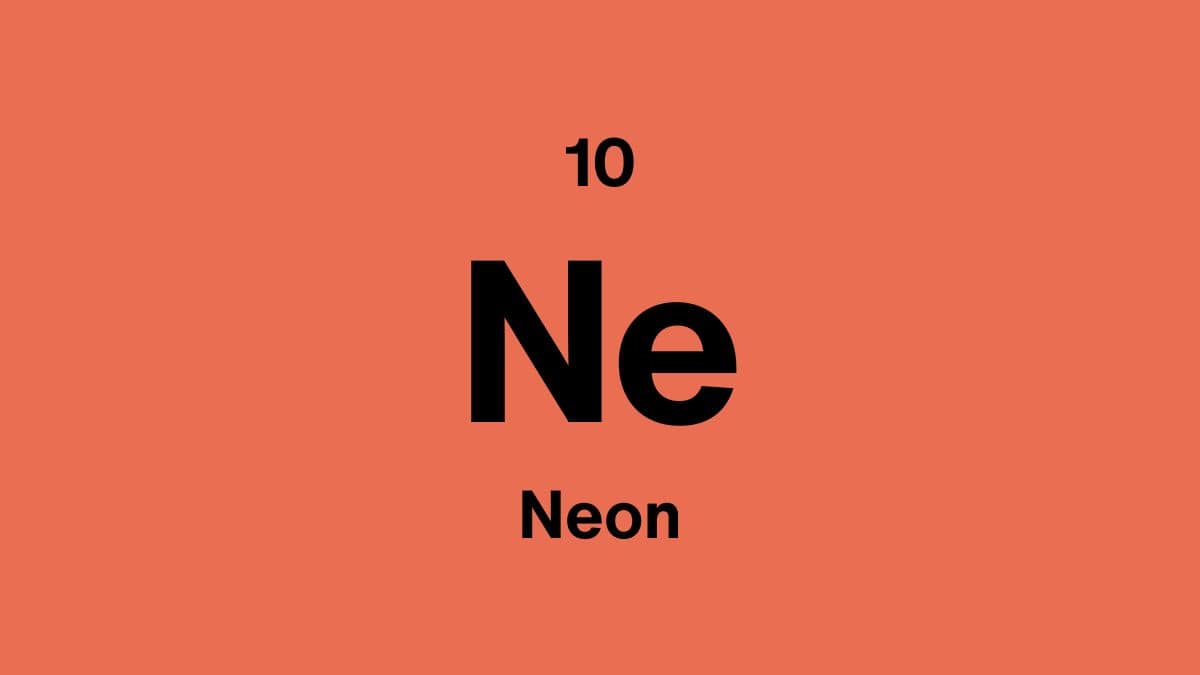Germanium: The metalloid behind modern electronics
Germanium is a gray-white metalloid with excellent semiconductor properties. It was one of the first materials used in transistors and diodes. Today, it remains important in fiber optics, infrared optics, and high-efficiency solar cells.
Properties of germanium
| Atomic Number: | 32 |
| Atomic Symbol: | Ge |
| Atomic Weight (amu): | 72.63 |
| Electronegativity: | 2.01 |
| Melting point: | 938.25°C | 1720.85°F | 1211.40K |
| Boiling point: | 2833°C | 5131°F | 3106K |
What does germanium look like?
Germanium has a shiny, metallic-gray appearance. It is brittle at room temperature but becomes more malleable when heated. Its metallic sheen is characteristic of metalloids in its group.
Will we ever run out of germanium?
Germanium is relatively rare, produced mainly as a byproduct of zinc and copper mining. Although supplies are adequate for current needs, growing demand for semiconductors and solar panels may affect availability in the future.
Can germanium be recycled?
Yes, germanium can be recycled from electronic waste, fiber optics, and infrared optics components, helping conserve resources and reduce extraction costs.
Where can germanium be found?
Germanium occurs in trace amounts in minerals such as:
- Sphalerite (zinc ore)
- Argyrodite
- Coal and flue dust residues
Major producers include China, Germany, Russia, and the United States.
Is germanium expensive?
Germanium is moderately expensive due to limited supply, byproduct extraction, and high demand in electronics and optics.
Does germanium have a biological role?
Germanium has no essential biological function, though some organic germanium compounds are studied for potential health applications.
What is pure germanium used for?
- Semiconductors: Transistors, diodes, and integrated circuits
- Fiber Optics: Transparent material for fiber optic lenses and windows
- Solar Panels: High-efficiency multi-junction photovoltaic cells
- Infrared Optics: Lenses, detectors, and thermal imaging devices
What are the main compounds with germanium?
- Germanium Dioxide (GeO2) : Used in fiber optics, semiconductors, and infrared optics.
- Germane (GeH4) : Precursor for chemical vapor deposition in semiconductor manufacturing.
- Germanium Sulfide (GeS2) : Used in infrared optics and photoconductors.
- Germanium Tetrachloride (GeCl4) : Fiber optic production and semiconductor processing.
Who discovered germanium?
Germanium was discovered in 1886 by German chemist Clemens Winkler. Its discovery confirmed Dmitri Mendeleev’s prediction of "eka-silicon" in the periodic table.
Is germanium dangerous?
Elemental germanium is generally safe to handle, though some germanium compounds can be toxic or irritant, so standard laboratory safety measures are recommended.
Fun facts about germanium
- Germanium transistors were widely used before silicon became dominant in the 1960s.
- High-purity germanium crystals are used for radiation detectors in nuclear and space research.
- Germanium glass is transparent to infrared light, ideal for lenses and windows in thermal imaging.
- Germanium compounds can enhance fiber optic performance by increasing refractive index.
- Despite being rare, germanium plays a critical role in modern electronics and renewable energy technologies.
Scientific data verified from RSC, Britannica, and the Minerals Education Coalition.



